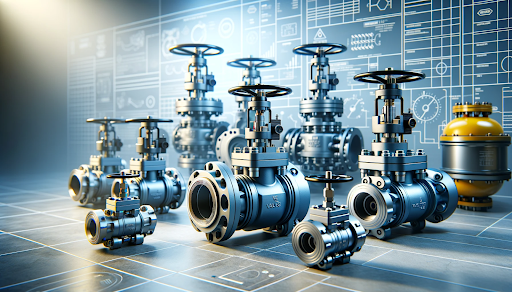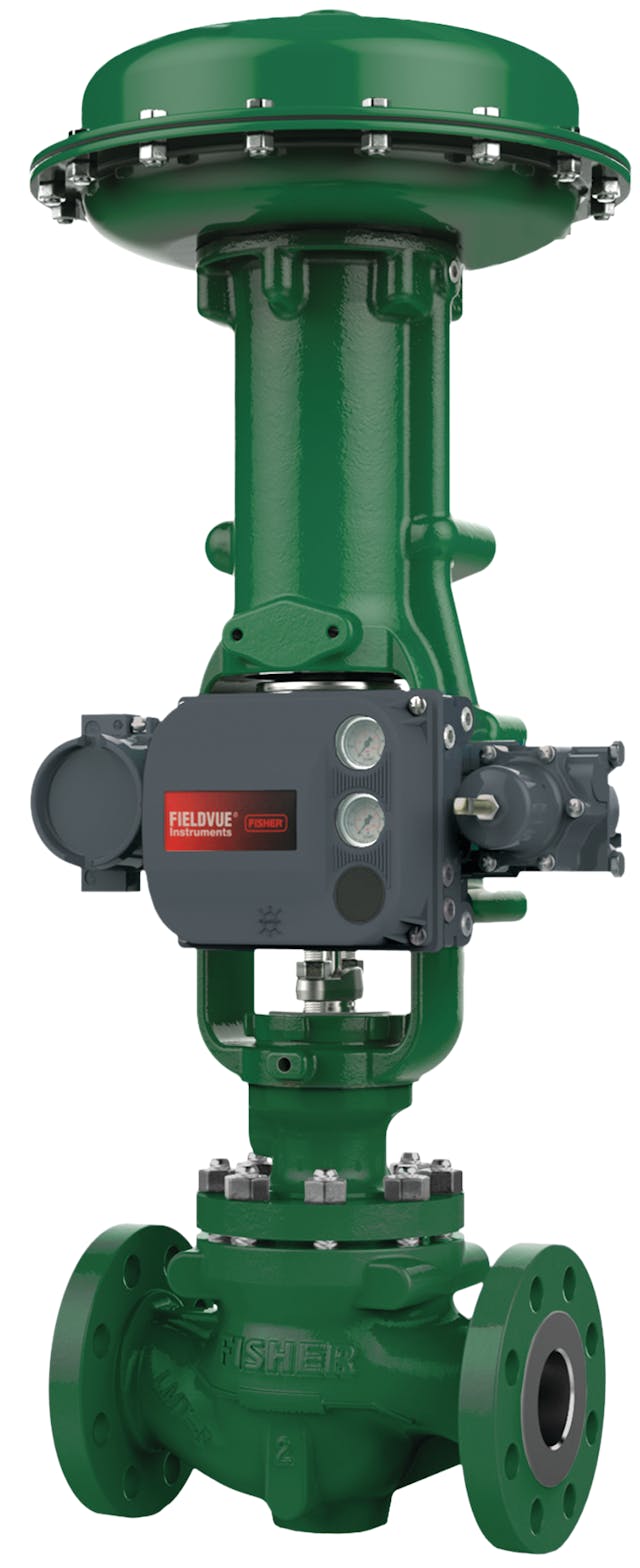Choosing the Right Control Valves: A Guide to Optimal System Performance
Wiki Article

Maximize Power Savings and Comfort With Advanced Structure Automation Controls
In the realm of modern style and center monitoring, the integration of sophisticated building automation regulates stands as a critical advancement. By utilizing the power of automation, buildings can adjust, respond, and advance in methods that were once unthinkable.Energy Effectiveness Benefits
Power efficiency benefits can significantly reduce power intake and operational costs in buildings. Energy-efficient systems, such as innovative building automation controls, can optimize the use of sources like lights, air conditioning, and home heating, leading to reduced power expenses over time.Furthermore, enhanced power performance can extend the lifespan of structure devices and systems. By operating more successfully, cooling and heating systems, light, and other building parts experience much less deterioration, leading to reduced maintenance and substitute expenses. In addition, energy-efficient structures typically regulate higher property values and rental rates, supplying long-term monetary benefits to owners.
Additionally, power efficiency can improve resident convenience and efficiency. Properly managed interior settings with ideal lighting and thermal problems produce a more pleasant and favorable office, causing enhanced employee fulfillment and performance. Overall, the energy performance benefits related to advanced building automation controls are diverse, including cost financial savings, environmental stewardship, and occupant health.
Enhanced Convenience Control
Enhancing convenience control in building settings requires an innovative integration of advanced automation systems for optimal occupant well-being. By making use of sophisticated building automation controls, facilities can tailor the indoor atmosphere to satisfy the certain demands and choices of owners. These systems enable precise policy of air flow, illumination, and temperature, developing a comfy and effective ambience. Occupant complete satisfaction and productivity are carefully connected to thermal comfort, making it vital to have systems in position that can adapt to altering conditions in real-time.Improved comfort control goes past basic temperature changes. It consists of functions such as individualized settings, occupancy sensors, and natural light usage to produce a responsive and vibrant environment. By integrating these sophisticated controls, structures can not just boost convenience yet likewise boost energy efficiency by enhancing system operations based upon actual tenancy and usage patterns. Inevitably, prioritizing occupant comfort through innovative automation systems results in a more pleasurable and much healthier interior atmosphere.
Functional Effectiveness Improvements

Furthermore, the application of real-time monitoring and analytics devices allows building drivers to identify energy inefficiencies and functional anomalies without delay. By continually keeping an eye on power use patterns and system performance metrics, adjustments can be made in real-time to optimize energy consumption and ensure peak operational efficiency. control valves. Furthermore, incorporating demand action techniques right into structure automation controls can better boost operational performance by dynamically readjusting power use based on grid problems and prices signals
Indoor Environment Optimization
Reliable interior climate optimization is a basic aspect of structure automation controls, guaranteeing owners' convenience and well-being while maximizing power savings. By making use of sophisticated sensors and controls, developing automation systems can continuously change and keep track of temperature, humidity levels, air top quality, and ventilation to create an optimum indoor setting. Keeping regular and comfy problems not only boosts passenger contentment yet likewise improves performance and overall well-being.Indoor climate optimization additionally plays a crucial function in energy effectiveness. By fine-tuning air flow, heating, and cooling systems based on real-time data and occupancy patterns, constructing automation controls can considerably decrease power consumption - control valves. For instance, executing methods such as demand-controlled ventilation and thermal zoning can assist lessen energy waste while making sure that each area of the building receives the needed conditioning.

Sustainable Environment Development
Structure automation manages not just maximize indoor climate conditions for power efficiency and owner convenience but likewise lay the structure for creating a lasting setting with calculated administration of systems and sources. By incorporating innovative building automation modern technologies, such as sensors, actuators, and smart software, facilities can readjust and monitor energy usage in real-time to reduce waste and reduce their carbon impact. These systems allow anticipating upkeep, determining potential issues before they intensify and enhancing devices performance to enhance longevity and performance.Additionally, lasting environment production extends beyond energy management to encompass water preservation, waste reduction, and interior air quality renovation. Structure automation controls can manage water usage, find leaks, and guarantee proper garbage disposal techniques, adding to total sustainability initiatives. Furthermore, by regulating and checking ventilation and filtration systems, these technologies enhance passenger health and performance while lowering energy intake connected with HVAC procedures.
Conclusion
To conclude, advanced building automation manages deal substantial benefits in terms of power savings, comfort control, operational effectiveness, indoor climate optimization, and producing a sustainable environment. By executing these controls, structures can attain optimal efficiency while minimizing energy usage and boosting resident comfort. It appears that using advanced automation technology is vital in enhancing building efficiency and creating a much more sustainable future.Energy effectiveness advantages can dramatically decrease power usage and operational prices in structures. In general, the power performance advantages linked with innovative building automation controls are complex, This Site including price savings, ecological stewardship, and owner wellness.
Additionally, incorporating demand response approaches right into building automation controls can additionally improve functional efficiency by dynamically changing power usage based on grid conditions and prices signals.
Structure automation regulates not just enhance indoor environment conditions for power performance and resident convenience yet additionally lay the foundation for creating a sustainable atmosphere with strategic administration of sources and systems.In conclusion, progressed structure automation controls offer substantial benefits in terms of energy cost savings, comfort control, operational effectiveness, indoor climate optimization, and developing a sustainable environment.
Report this wiki page